
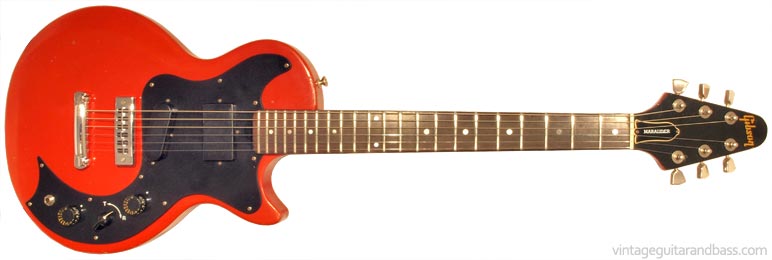

The Gibson Marauder launched in 1974, and like most Gibson guitars, changed incrementally over the course of its production. This beautiful example from 1981 has a number of late Marauder features, but is, in essence, a great example of 1970s Gibson guitar design. A superb looking, easy playing, and awesome sounding vintage guitar!
The Marauder was officially deleted from the Gibson product line in 1980, (alongside the S-1 and L6-S) "in order to effectively segment our mid-priced product line". These guitars were replaced by the Firebrand and Sonex series guitars (see the article on Gibson product alignment), although as acknowledged, they would all ship "until inventory is depleted". The Marauder didn't ship much past early 1981. This guitar, with serial number 80771598 was stamped on the 18th March 1981 (77th day of the year), at Gibson's Nashville plant, being the 98th guitar shipped that day.
Some of these close out models were given new finishes, as detailed in the 1981 Gibson Specials folder. This Marauder is quite striking with its solid red finish, including on the neck reverse - a new finish for the Marauder and Gibson guitars in general. This is most likely a short-lived finish called Devil Red (only listed in finish code lists in April 1981), although some Gibson literature at the time suggests Cherry Red; in any case it is certainly one of the rarest Marauder finishes. I've also heard it described as "tomato ketchup red", which is pretty apt, as it does have a slight orangeness to it.See the supporting members page for a more detailed look at the evidence, and why i'm calling it for Devil Red. The 1981 price list naturally doesn't mention the last few Marauders trickling out of the Nashville plant, and the only guitars listed as available in Devil Red are The SG Deluxe and The Paul Deluxe. By the time of the June 1982 price list, Devil Red was gone, and The Paul Deluxe was only offered in Walnut or Ebony finishes.
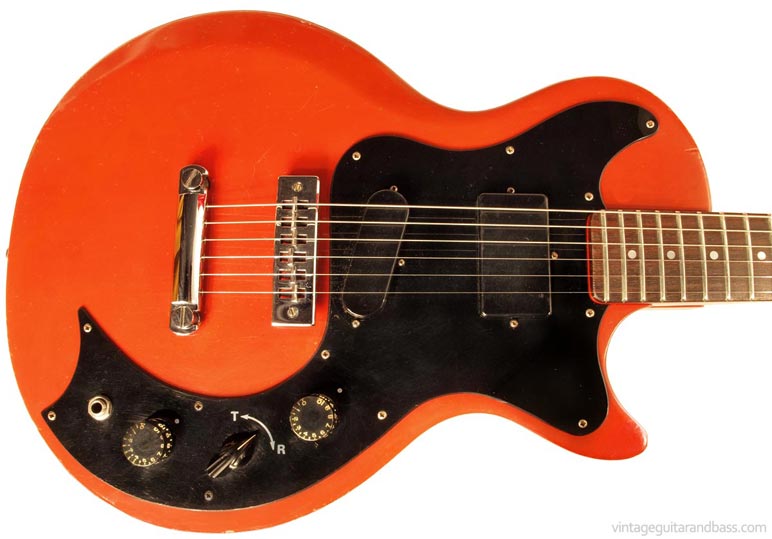
Other than the finish, this Marauder is typical of its model: Les Paul shape, Flying V headstock, with the standard (Telecaster-inspired) pickup configuration of a Super Humbucker at the neck and a single coil pickup at the bridge. It has the late-period circuitry, with the treble/rhythm dial between the volume and tone controls. Pickups have black plastic covers, and the scratchplate is also single ply black. Like many later examples, this guitar has a mahogany, rather than alder or maple body.
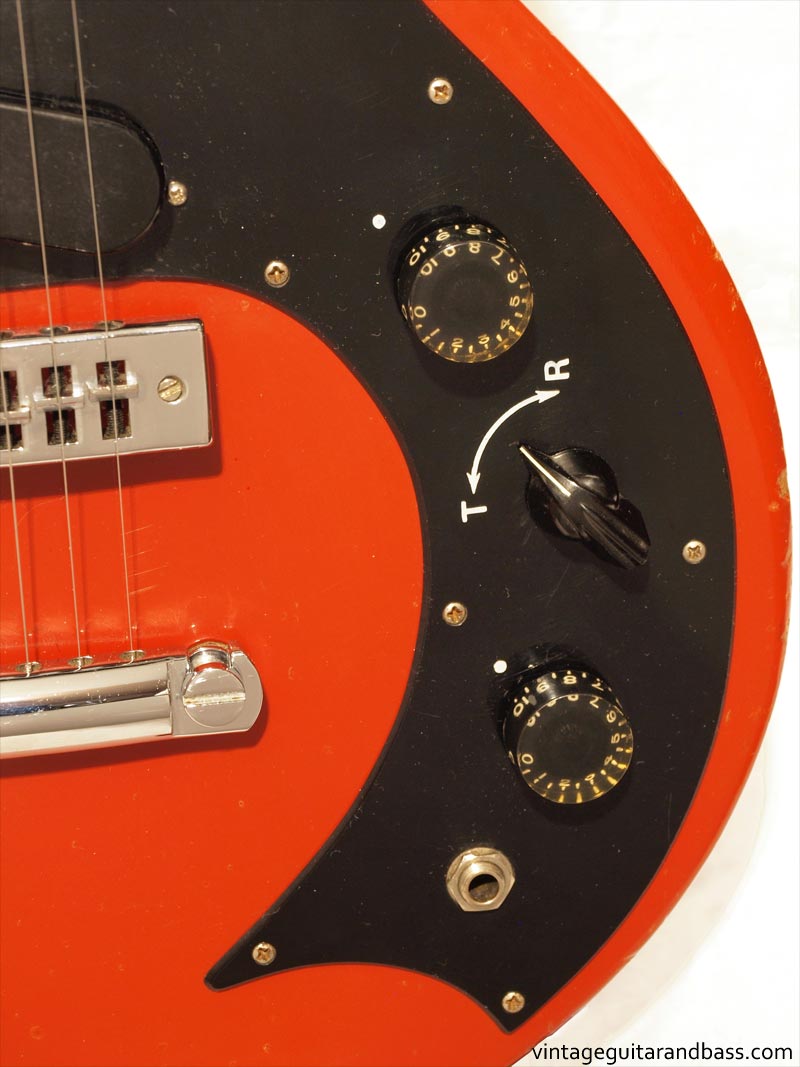
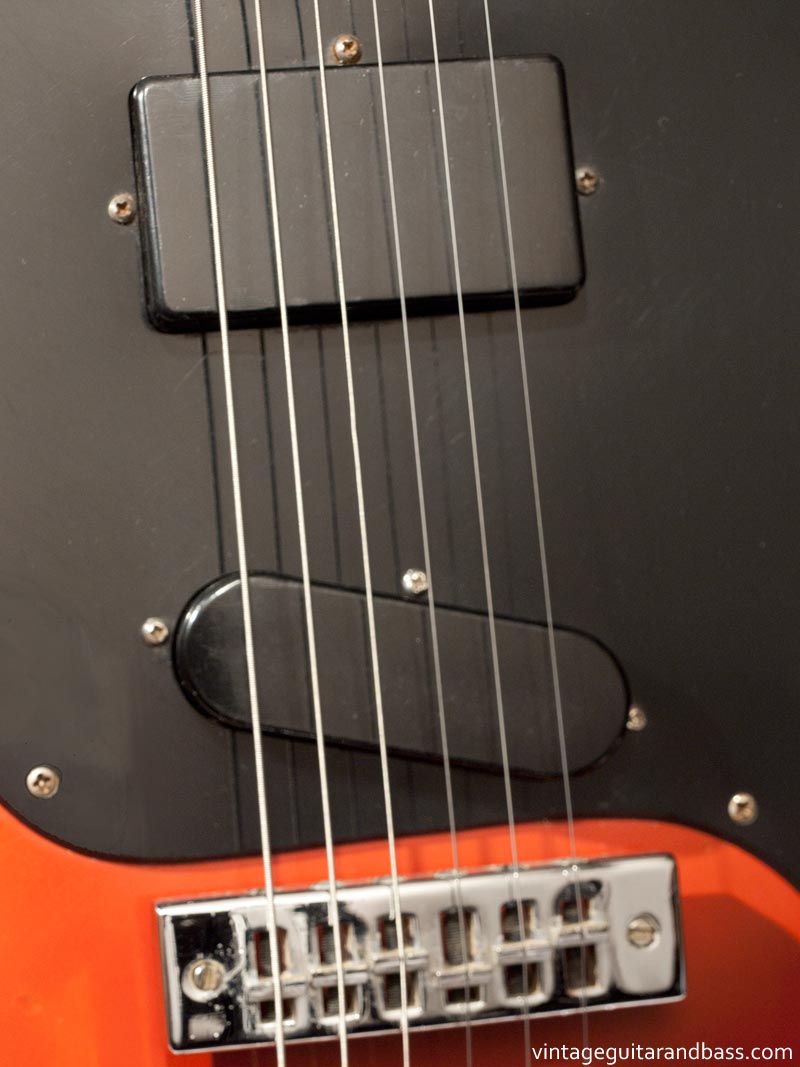
The two pickups fitted to the Marauder are unique to this model, as are their innovative controls. Controls are master volume, master tone, and a pickup blend dial. Both pickups were designed by Bill Lawrence: the neck pickup (part 13670) is a super humbucker (similar to a regular humbucker, but with additional magnets), whilst the bridge pickup (part 13671), slanted at a 15° angle, has a single coil design. These are tonally quite distinct pickups, offering a wide choice in sounds. But this is enhanced by the pickup selector control. Unlike early examples of the Marauder with a three way switch (neck/both/bridge), guitars with the pickup blend dial can easily select between Treble (just bridge pickup, dial fully anti-clockwise), and Rhythm (just neck pickup, dial fully clockwise), and any setting in between. A very effective way of getting just the right tone!
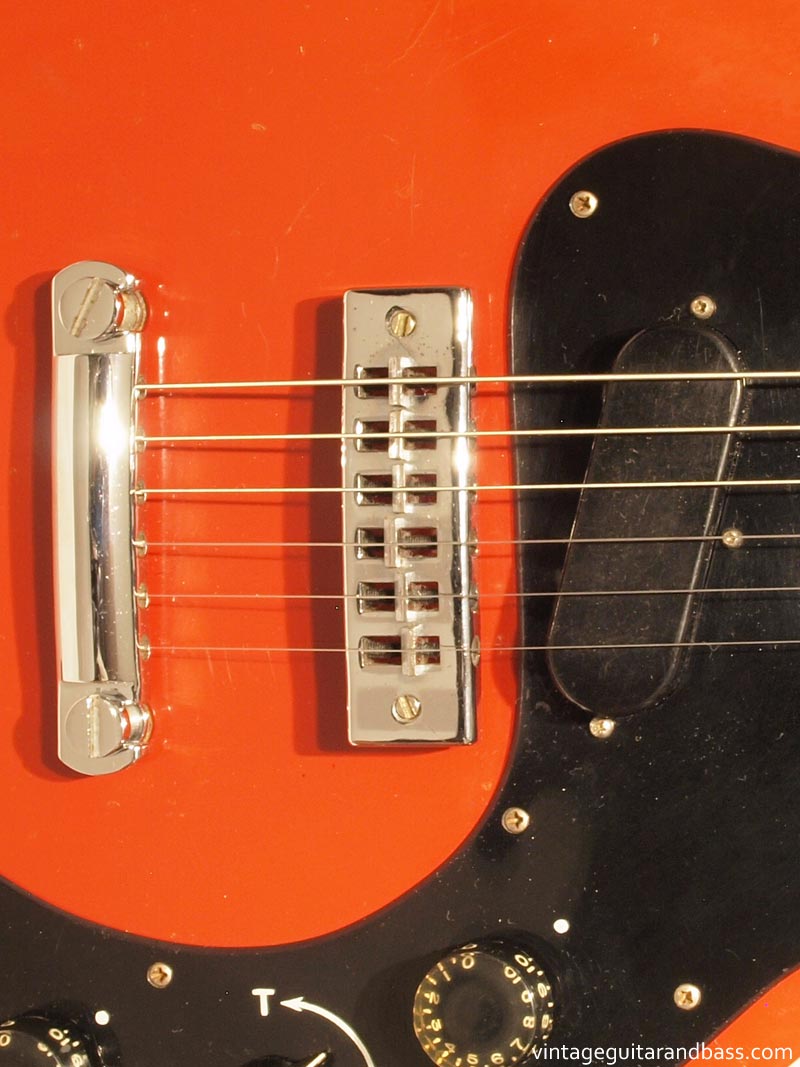
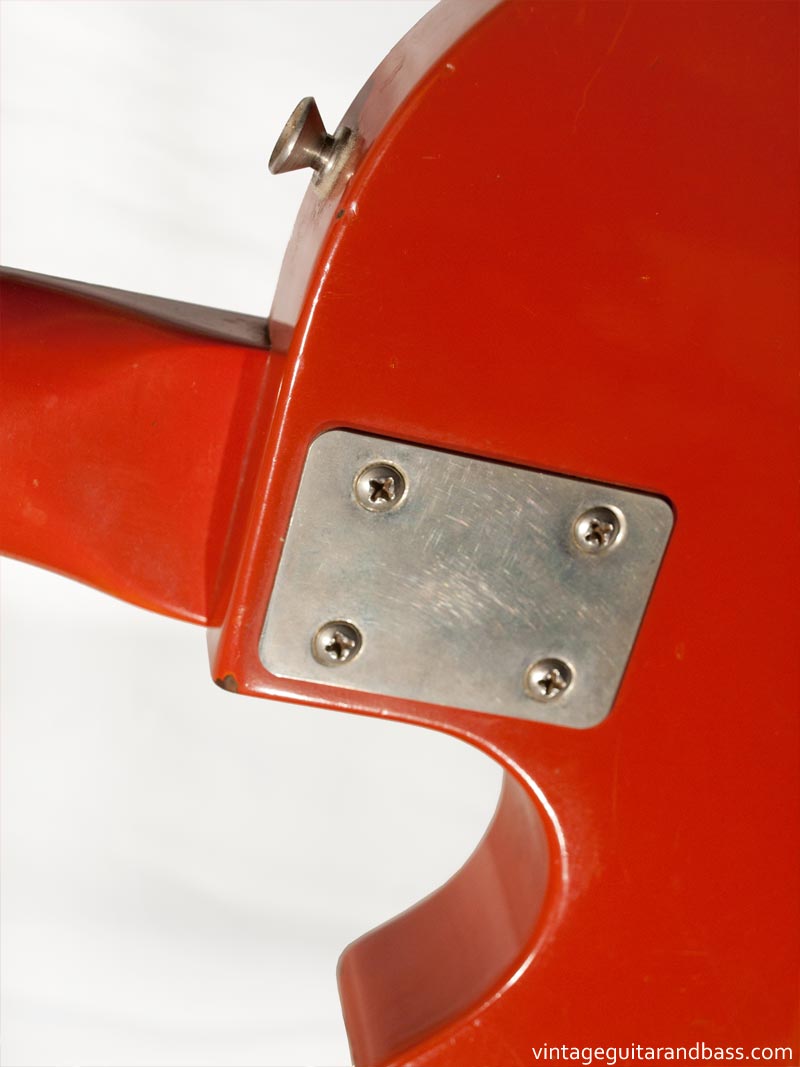
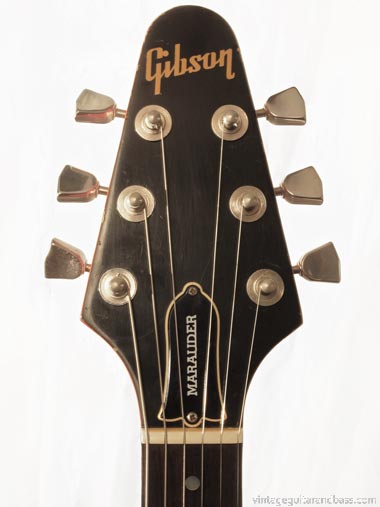
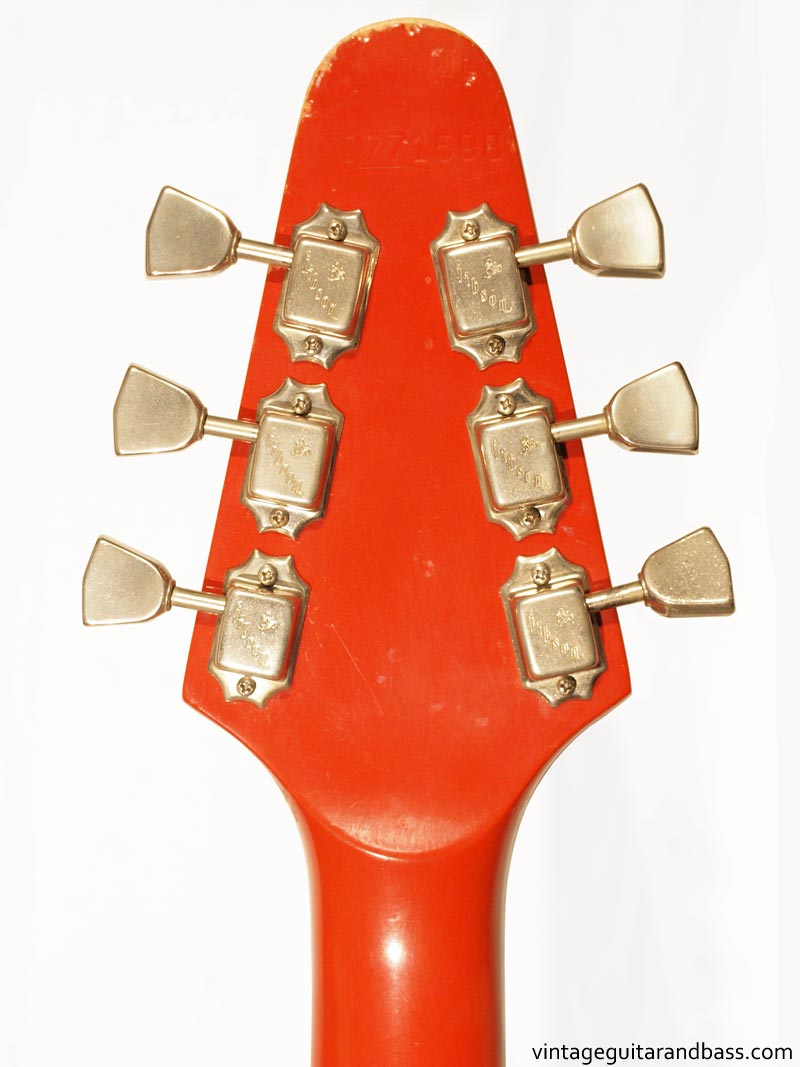
The Marauder was last included in price list of 7th Jan 1980, listed at $399. It was not included in the July 1980 list.
According to Gibson Marauder shipping totals 7112 Marauders shipped between 1974 and 1979. Of course, more shipped in 1980 and 1981, but figures for these are unavailable, but do not approach the levels of the 1970s.
This is a really nice guitar to play. I certainly prefer the combination of mahogany body and rosewood fretboard, and the Devil Red finish with black on black looks killer. Not too heavy, and with some lovely tones. The pickup blend pot is actually quite a nice feature for subtle tone changes (though perhaps not as fast for simply switching from one pot to the other).
Subscribe to the vintageguitarandbass youtube channel for more vintage guitar and bass demos. Also, check out the other Gibson Marauder videos (different amps, different settings) in the supporting members area.
Find out more about this amp here 1979 LAB series L7
The Marauder was quite atypical when it was first developed by Bill Lawrence for Gibson: with its maple fretboard and bolt-on neck. This clip shows a late period mahogany body, rosewood neck Gibson Marauder, played through a contemporaneous (actually 1979) 4x10 100w LAB series L7. The guitar is strung with Gibson bright wires (10-46). The L7 was created by Moog and Gibson (both Norlin companies) and is a seriously underated amp. The snarlier sounds are featured here, but it has a lot of really nice clean tones too. Watch the long version of this video in the vintageguitarandbass supporting members area, to hear a bit more of this guitar / amp under different settings.
There are three clips: first a demo of the pickup blend pot, then a clean/glassy tone demonstrating the LAB series midrange boost, and finally some really dirty fuzz from the lower boosted input. This amp has a HUGE range of sounds!
Recorded here with a Heil PR-40 (left channel) and a Shure SM57 (right channel), through a Focusrite Scarlett 2i2 interface - highly recommended gear!
Find out more about this amp here 1979 LAB series L7
This video demonstrates 11 distinct sounds from a 1981 Gibson Marauder, played through a 1979 4x10 100w LAB series L7. This is a really nice playing guitars and a hugely versatile amplifier. As I usually do in these clips, I start off with some clean tones, and get gainier as the video progresses. There are a lot of recommended settings out there for this amp - but for this video I chose a few of my own. Settings that, to me at least, sound great paired with this guitar.
Recorded here with a Heil PR-40 (left channel) and a Shure SM57 (right channel), through a Focusrite Scarlett 2i2 interface - highly recommended gear!
Find out more about this amp here 1976 WEM Dominator mkIII
This is a tasty combination. Actually these two give a pretty bassy basic tone, and the whole amp rattles and vibrates with any significant volume, especially on the lower strings - so quite a few of the settings I used had the amp bass rolled down to some extent. But not all - turn it up loud enough and you can't hear the amp anyway! This amp has some truly wonderful grittier tones, and a world apart from the clean tones of many other amps. Compare the sounds attained here with those from a Fender amp, or Gibson/Norlin solid state LAB series amp. Strung with Gibson bright wires (10-46)
Recorded here with a Shure SM57 (left channel) and a Heil PR-40 (right channel), through a Focusrite Scarlett 2i2 interface - highly recommended gear!
Find out more about this amp here 1976 WEM Dominator mkIII
Long version of this video with extra guitar and amp settings. This is a great guitar/amp combination, with a lot of awesome clean and distorted sounds.
Recorded here with a Shure SM57 (left channel) and a Heil PR-40 (right channel), through a Focusrite Scarlett 2i2 interface - highly recommended gear!
Find out more about this amp here 1973 Fender Vibrolux Reverb
Fender amps are all about clean. You can push them for a bit of snarl, but it's the nice rounded warmth and the sparkling glassiness that really make this amp come alive. Dial in some vibrato and reverb for some really classy sounds. You can go overboard for some craziness (check out some of my other videos of this amp) but just a little shimmer goes a long way! There are some lovely tones here from this combination. What i've recorded here is pretty polite, but that's what this amp inspires. Strung with Gibson bright wires (10-46)
Recorded here with a Shure SM57 (left channel) and a Heil PR-40 (right channel), through a Focusrite Scarlett 2i2 interface - highly recommended gear!
Find out more about this amp here 1973 Fender Vibrolux Reverb
Long version of this video with extra amp settings. This is a great guitar/amp combination with a lot of groovy sounds: great cleans for rhythmic funk or chord picking - and reverb/vibrato for surf and psychedelia, with enough snarl for some biting blues!
Recorded here with a Shure SM57 (left channel) and a Heil PR-40 (right channel), through a Focusrite Scarlett 2i2 interface - highly recommended gear!
Extra content on this guitar is included in the Supporting Members area here
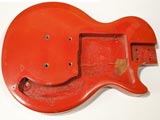
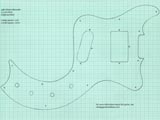
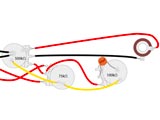
$679
$6495
$5595
$3500
$1000
$2295
$3000
$900
$200
$2400
$295
$550
$4400
$1000
$4200
$160
$400
$1999
$2499
$125